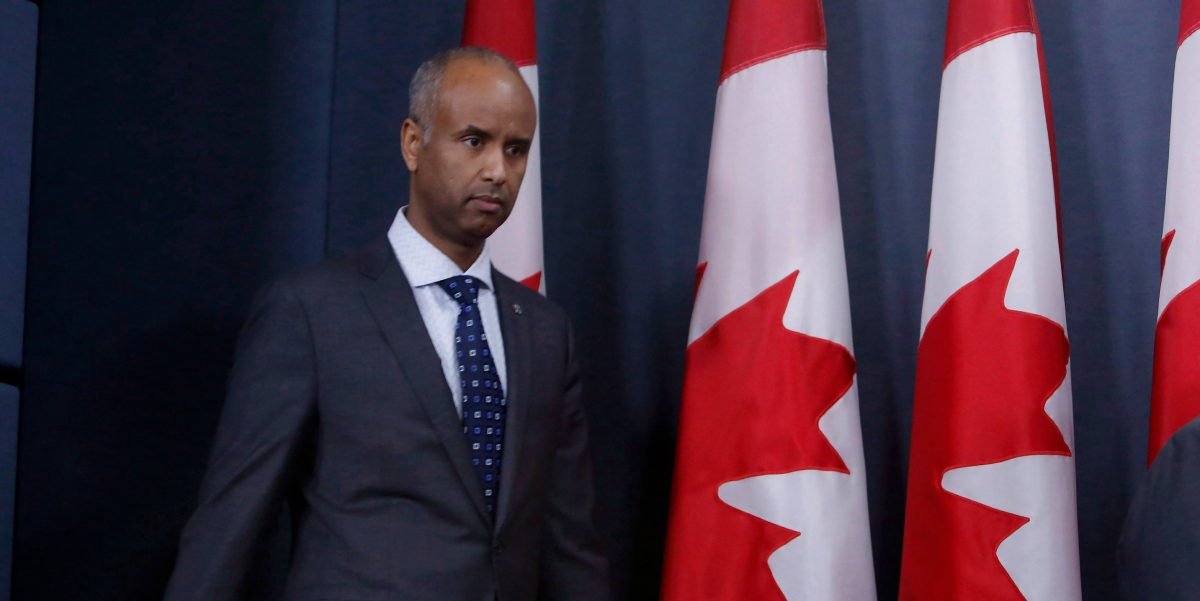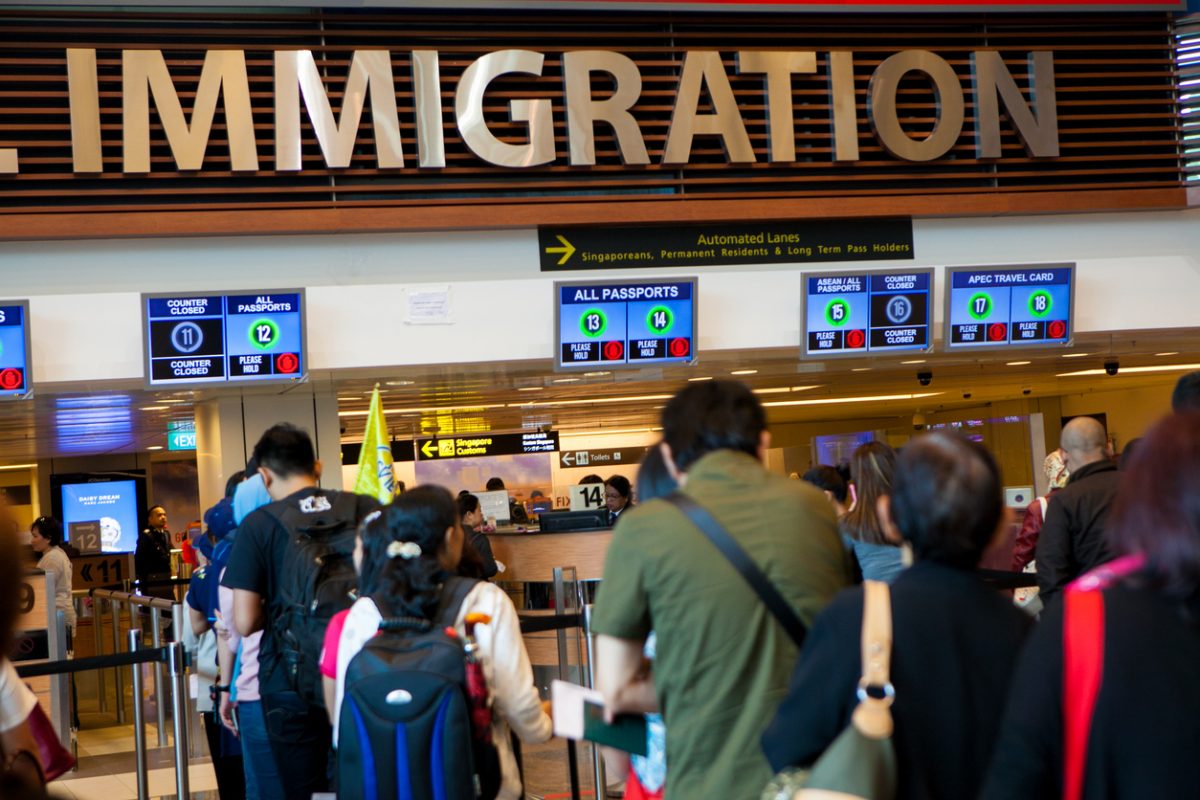The question of the so called “illegal immigration” became a hot-button topic during the recent presidential election in the United States with President Donald Trump promising to expel millions of illegal immigrants from the country.
Canada too has many undocumented migrants but for various geographic and political reasons the problem doesn’t seem to be as acute in Canada as is the case for our southern neighbours, says Prof. Harald Bauder, program director of the Graduate Program in Immigration and Settlement Studies at Ryerson University in Toronto.
What’s in the name? Getting the terms straight
But before we get to explore the issue, it’s important to get some of the terminology straight, says Bauder.
Researchers loath using the term “illegal immigrants,” Bauder says.
“A lot of people have gotten away from the term ‘illegal immigration,’ a lot people think it’s a loaded term,” Bauder says.
Graham Hudson, associate professor and the undergraduate program director at the Department of Criminology at Ryerson University, says the term “illegal migrant” oftentimes has a connotation with criminality.
“When one hears ‘illegal migrant’ they get the sense that the migrant has done something wrong, that they’ve broken the law and as the result of this they don’t deserve or are not entitled to protections they otherwise would get,” says Hudson.
Despite their precarious immigration status in Canada, irregular migrants are still entitled to the protection of the police if they are a victim of a crime and they are still entitled to health care of a certain type and to fair working conditions, Hudson says.
“Illegality doesn’t disentitle someone from human rights,” Hudson says.
It’s more common now for researchers to use terms such as undocumented or non-status immigrants or irregular immigrants, Bauder says.
“The term I find particularly appealing is ‘illegalized migrant,’ because it retains that phrase ‘illegal’ but it emphasises that there is a political process in place that makes the person illegal,” Bauder says. “It was legal before and the person ends up being not legally in the country.”
How many undocumented immigrants are in Canada?
The short answer to this question is: “We don’t know,” says Bauder.
“We know that they exist, we know that they are our neighbours, that they are sending their kids to the same schools that we send our kids, they sit in the sport stadiums with us,” Bauder says. “But it’s rarely apparent who they actually are.”
Hudson says various estimates put the number of undocumented immigrants in Canada somewhere between 200,000 and 500,000. In the absence of reliable government statistics researchers have had to come up with creative methods to measure the size of the undocumented immigrant population in various parts of Canada, Hudson says.
For example, a study conducted in Ontario in 2016, looked at the number of people who used emergency rooms in the province but didn’t have a provincial health insurance card. Using this data that they processed to exclude people who might have been homeless or might have had expired cards, the researchers were able to determine that there are at least 60,000 undocumented immigrants just in Ontario alone, Hudson says.
So why isn’t the federal government doing more to measure the magnitude of this problem? Hudson suspects that the government realizes that many of these irregular immigrants are vital for Canada’s economy.
Who they are and how do they come to Canada?
Buffeted by the Atlantic Ocean to the east, the Pacific Ocean to the west and the forbidding Arctic Ocean, which is closed to navigation most of the year, Canada is geographically relatively sheltered from large flows of migrants experienced by countries in the Middle East, Africa, Europe and even the U.S.
“Unlike the United States that receives a lot of illegal border crossings or irregular kind of migration, we don’t see that that much. It exists I’m sure but it’s not the core origin of that population,” Bauder says. “In Canada we’re talking more about students who are overstaying their visas for example, failed refugee claimants who are staying in Canada nevertheless, temporary foreign workers after their contract expires.”
Given the reluctance of the federal government to deal with the issue of undocumented migrants, the job of caring for the needs of these immigrants or providing services to them falls to municipalities, says Bauder. In fact, in February 2013, Toronto made Canadian immigration history by affirming itself as a “sanctuary city.” It became the first Canadian city with a formal policy allowing undocumented migrants to access services regardless of immigration status.










